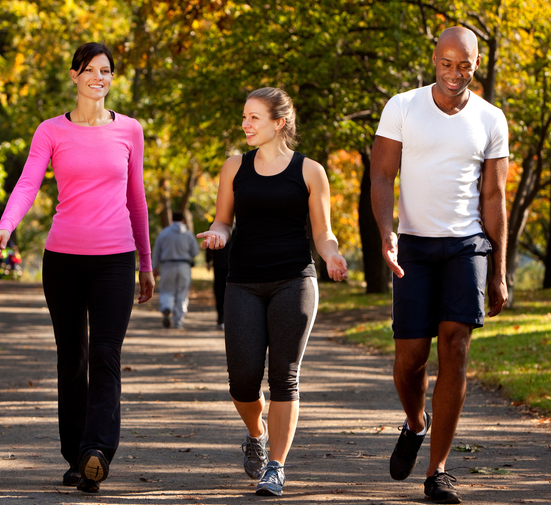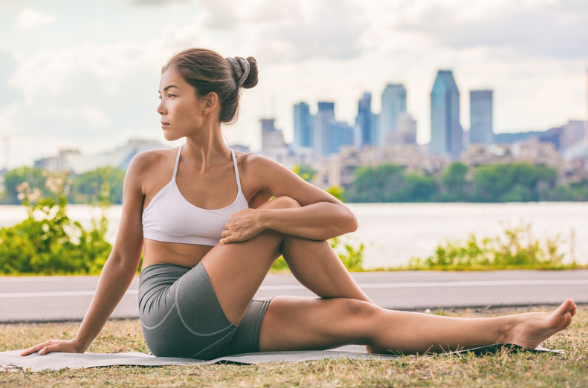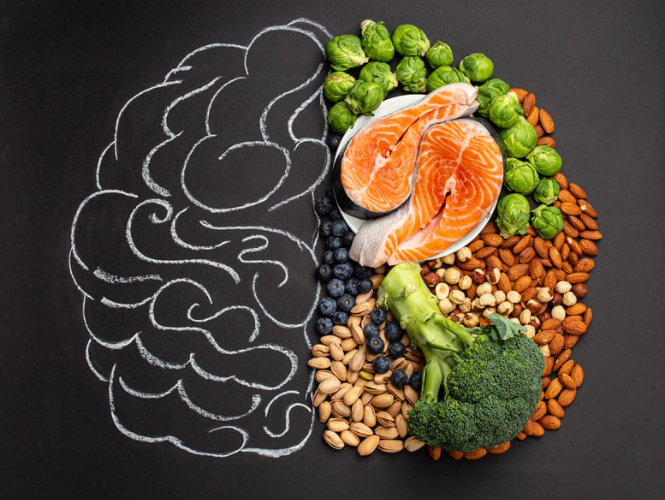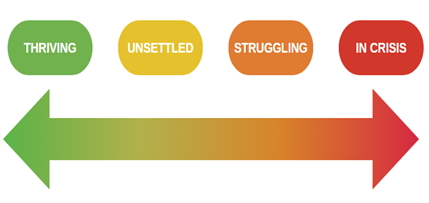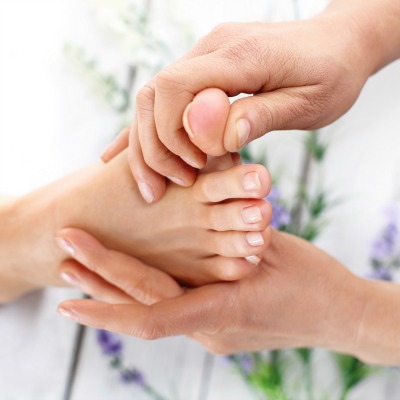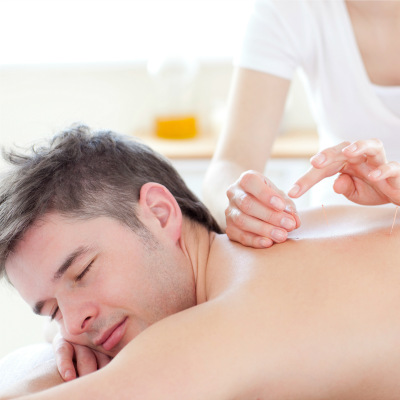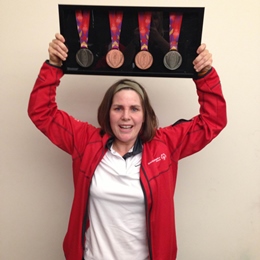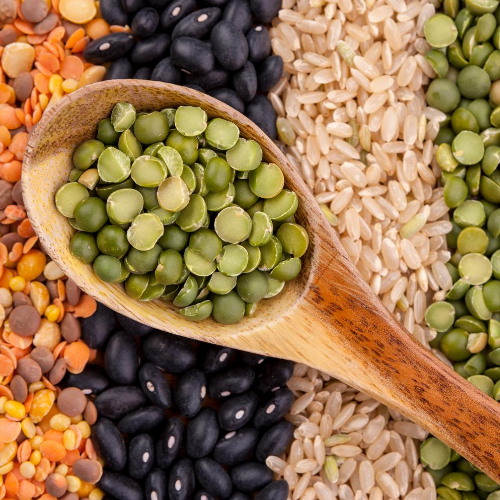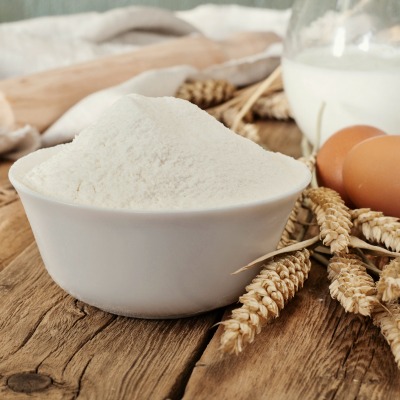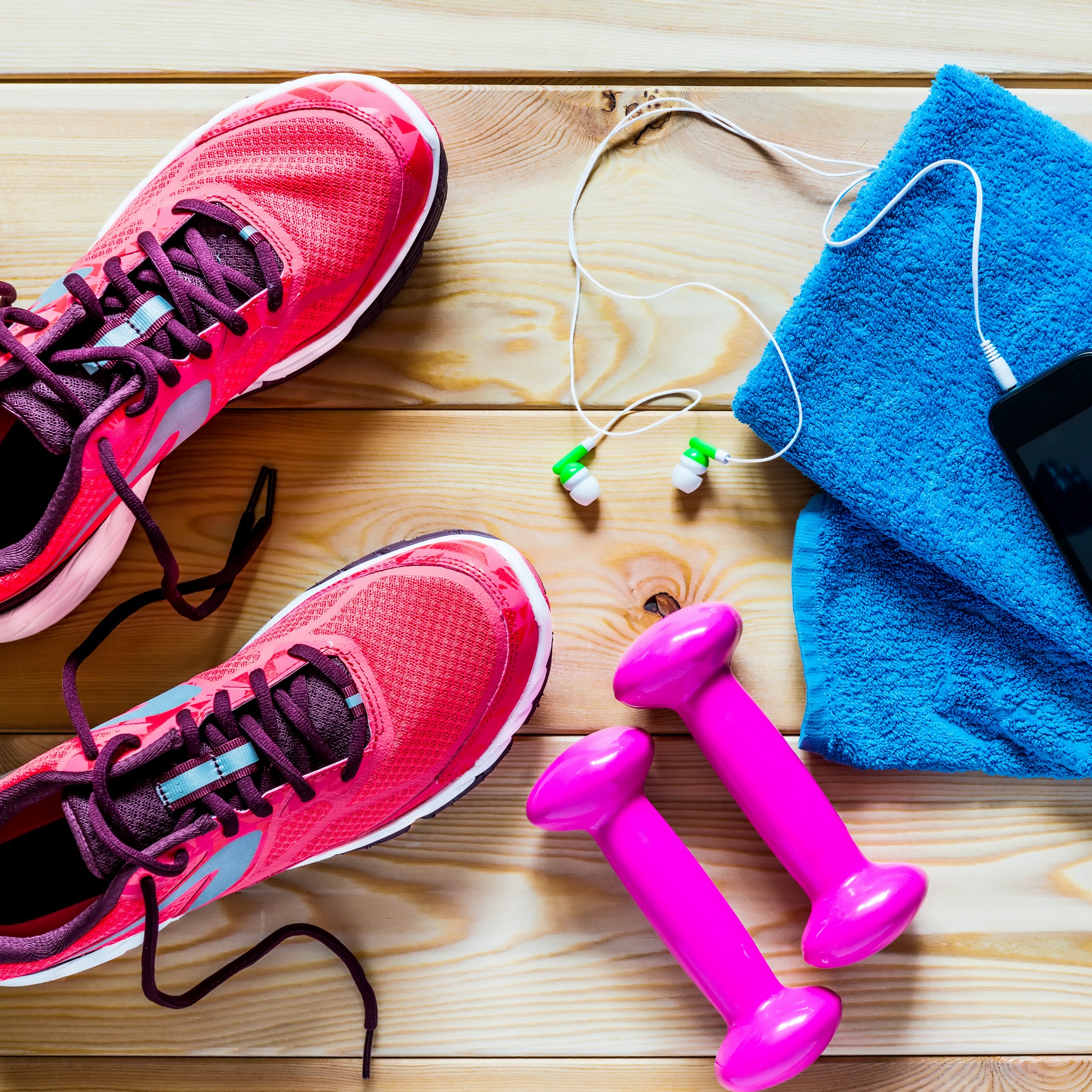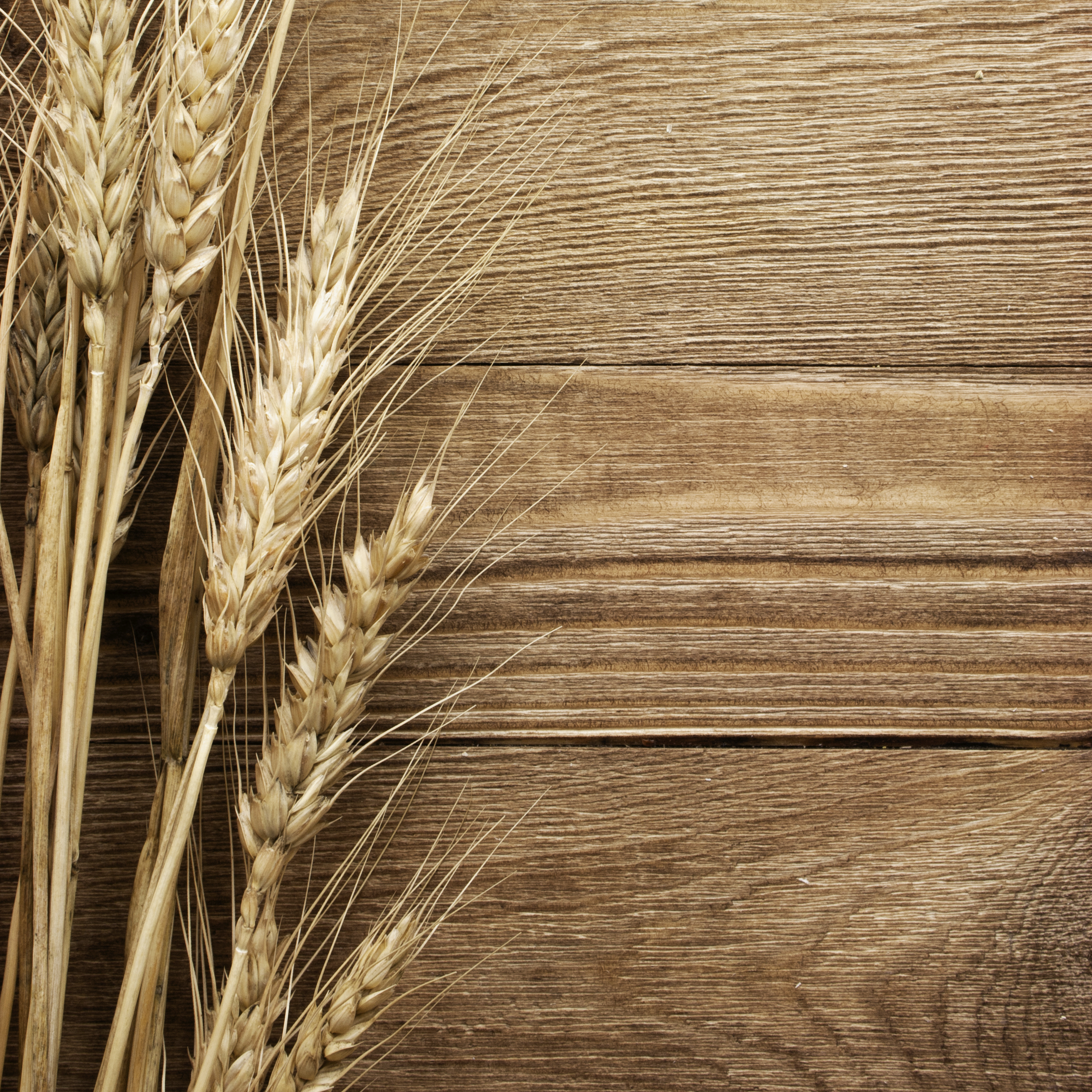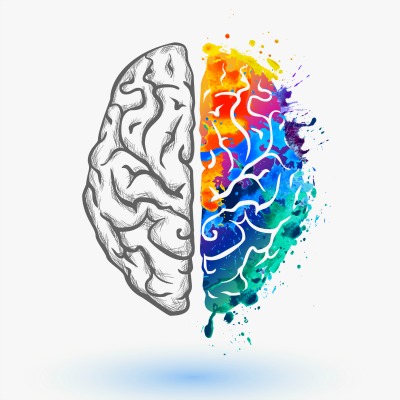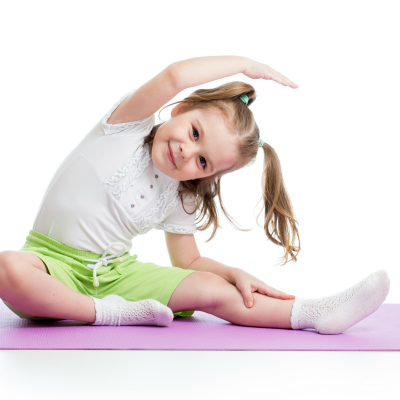
Physical activity increases strength and flexibility, reduces joint pain, and helps combat fatigue. When arthritis threatens to immobilize you, exercise keeps you moving.

Arthritis affects over 4.6 million Canadians and causes muscle weakness, fatigue, pain, stiffness, and swelling in joints, muscles, tendons, ligaments, and/or bones. Although arthritis cannot be cured, it can be improved by engaging in regular exercise. Physical activity increases strength and flexibility, reduces joint pain, and helps combat fatigue.
Why Exercise is Important
Exercise can help you improve your health and fitness without hurting your joints. Along with your current treatment program, exercise can:
- Strengthen the muscles around your joints.
- Help you maintain bone strength.
- Give you more strength and energy to get through the day.
- Make it easier to get a good night's sleep.
- Help you control your weight.
- Improve your sense of well-being.
Though you might think exercise will aggravate your joint pain and stiffness, that's not the case. Lack of exercise can make your joints even more painful and stiff. That's because keeping your muscles and surrounding tissue strong is crucial to maintaining support for your bones. Not exercising weakens those supporting muscles, creating more stress on your joints.
Cardiorespiratory Endurance
Cardiorespiratory endurance (a.k.a. cardio/aerobic) is the ability for the heart and lungs to deliver oxygen to the muscles. Cardiovascular exercises should initially be performed in short bouts (about 10 minutes). Add 5 minutes per session up to 30 minutes and progress with duration versus intensity. Intensity should be moderate (you should be able to hold a conversation). Low-impact activities such as swimming, walking, and cycling are preferred, as they are easier on the joints.
Resistance Training
Resistance training is any exercise that causes the muscles to contract against an applied force with the expectation of increases in strength, tone, size, and/or endurance. Weight training is an example of resistance training and is beneficial for anyone with arthritis because building strong muscles helps to support and protect your joints. The resistance or weight needs to be of sufficient intensity to challenge the muscles without increasing joint pain. Resistance can take the form of lifting a limb against gravity, using hand-held weights or elastic bands, or pushing/pulling against resistance using a weight machine. Even movement against water can provide resistance when done at faster speeds. Gradually increase the amount or form of resistance for ongoing improvements in strength. Make sure to give 48 to 72 hours between resistance training sessions to allow the muscles to recover.
Mobility
Flexibility is the range of motion and mobility of the muscles to allow full range of the joints. Flexibility exercises are important for anyone with arthritis because they relieve stiffness, improve posture, reduce risk of injuries, and improve everyday functionality. Range of motion exercises should be performed daily. Performing range of motion exercises in the evening may help reduce joint stiffness the next morning. Recreational activities such as yoga and tai chi incorporate both range of motion and stretching movements into their routines and are recommended for all abilities.


